The OnePlus N10 5G sticks close to the original formula with a mid-range Snapdragon, 90Hz display and a 64MP main camera. The N10 is aiming at a lower price bracket, though, so affordability considerations led to some changes.
The new model has a 6.49” display with
1080p+ resolution. There is one major change from the original Nord – the panel
is now an IPS LCD, the first on a OnePlus since the OnePlus 2 in 2015. The
display is protected by Gorilla Glass 3. Naturally, this moves the fingerprint
reader on the back.
The rear camera on the Nord N10 is
actually slightly better equipped than that of the original as it features a
64MP sensor inside the main camera while maintaining the 119° ultrawide camera
with 8 MP sensor and dedicated macro and depth modules. The main camera can
record 4K video at 30 fps and 1080p at 60 fps (going up to 120 fps in slow-mo
mode).
A couple of things changed with the selfie
camera. Good news – it’s only a single punch hole. Bad news – the 32MP main
camera drops down to 16MP and the ultrawide lens is (obviously) gone.
The battery navigated the price reduction
measures quite well. With a capacity of 4,300 mAh, it’s a fraction larger than
the Nord battery and it charges just as fast with Warp Charge 30T (no wireless
on either model). Also, this one has a 3.5 mm headphone jack, something we
haven't seen on a 1+ in a while.
The N10 is powered by the Snapdragon 690
chipset, which is similar to the S765G chip though with several key
differences. Long story short, it uses new two big Kryo 560 CPU cores (vs. 475)
and a slightly downgraded GPU, Adreno 619L. The X51 modem supports only the
sub-6 flavor of 5G, but the original Nord didn’t have mmWave connectivity, so
that is a wash.
Before you judge the choices OnePlus made,
let us tell you the price – a OnePlus Nord N10 5G will cost € 350/£ 330. And that
is with 6GB of RAM and 128GB storage (UFS 2.1). For comparison, an original
Nord with 8/128 GB memory goes for £ 380. Here’s the catch, though. Both new
Nords have expandable memory, which might tip the scales if you have high
storage requirements.
Also, unlike the original Nord, these two
will launch in the US, though the exact details will be revealed at a later
date.





